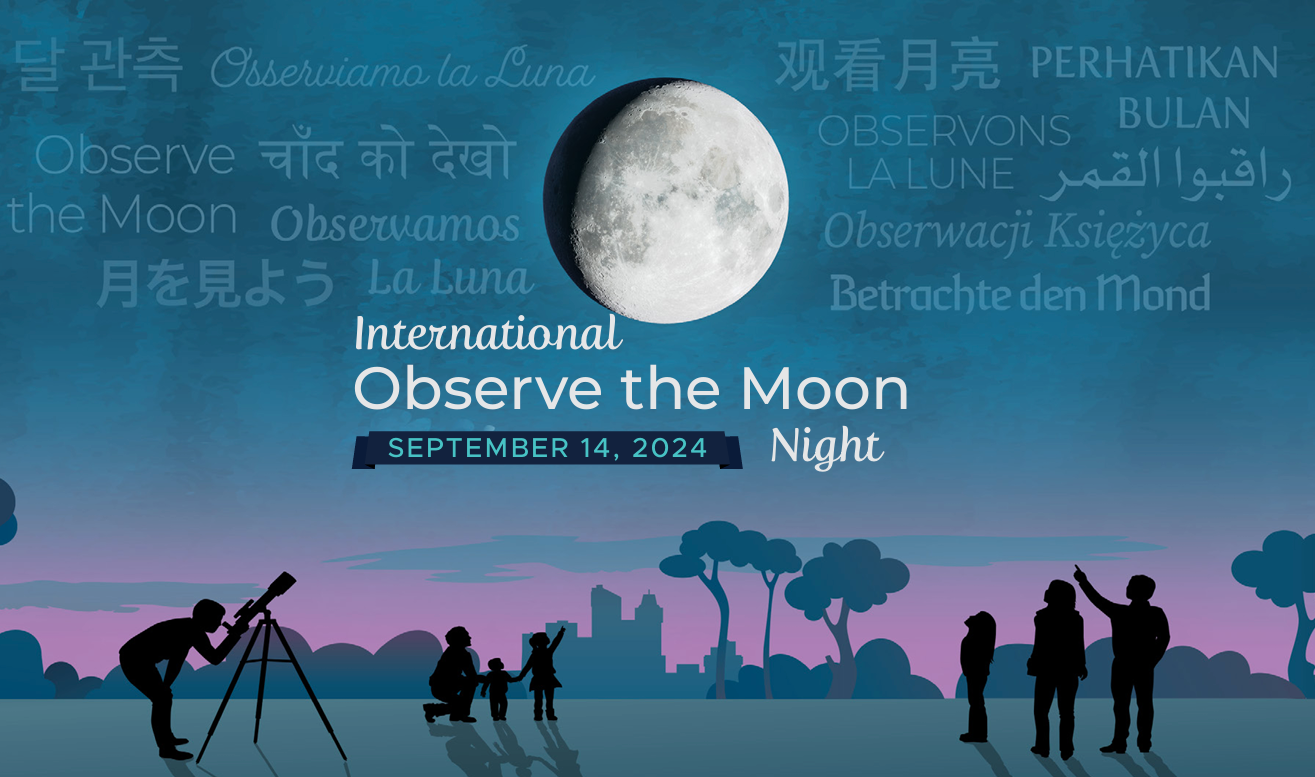Every year, for one day only, people from around the world unite to observe, appreciate, and understand the moon’s appearance, science, and links to the art and cultural world. This time around, NASA is celebrating Observe the Moon night with a Twitch livestream.
International Observe the Moon Night is on one September or October night every year, when the moon is near its first-quarter waxing phase—the best conditions for appreciating our satellite. This year, the event is taking place on Saturday, September 14, with the moon slightly past this stage. This means it’ll be bigger and brighter than usual for this year’s Observe the Moon night, so it’ll be even better for observation. There’ll also be some interesting talking points about what can be seen along the moon’s terminator line (the divide between the body’s night and day).
Whether you participate in a NASA event, host a gathering of your own, or simply spend some time in your back garden on your own or with your family, you’re invited to take part. NASA is hosting a Twitch stream on Thursday, September 12, featuring astrophotographers and experts. You can also tune in to NASA’s broadcast on September 14 for “lunar science updates from NASA, including preparations for Artemis, interviews with NASA experts, solar eclipse highlights, observing tips, and a glimpse of participation around the world.”
What you see when you look at the moon depends on where you are, how good your sight is, what equipment (if any) you use, and—of course—the weather! Most people can see some of the moon’s craters with the naked eye. According to the Astronomical Society of the Pacific, the smallest crater you can see is 60 miles across. If you have a decent pair of binoculars, you’ll be able to see craters as small as six miles across, while a telescope will let you see craters that are less than a mile in width. Here are some details about the moon timings on September 14:
|
Country |
Rise |
High point |
Set |
|---|---|---|---|
|
U.S.A. |
In the east-southeast at 17:35 |
28.1° at 22:25 |
In the west-southwest at 03:24 |
|
Canada |
In the east-southeast at 18:02 |
23.9° at 22:38 |
In the west-southwest at 03:24 |
|
U.K. |
In the east-southeast at 18:35 |
14.9° at 23:04 |
In the southwest at 02:15 |
|
Australia |
In the east-southeast at 13:08 |
80.4° at 20:39 |
In the west-southwest at 04:02 |
If you’re not sure exactly what to look out for when observing the moon, NASA’s moon maps label some of the satellite’s features to make things a little easier.
Source: NASA





